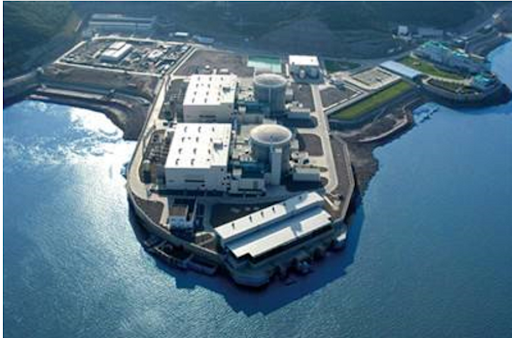Revolutionizing Nuclear Plant Safety: Next-Gen Cooling Water Defense Systems
Published: March 21, 2025 | By: CrisisTech Nuclear Solutions

In an era of rising environmental and operational challenges, nuclear power plants require innovative solutions to safeguard cooling water systems—the backbone of reactor safety. CrisisTech’s Next-Gen Cooling Water Defense System integrates AI-driven robotics, quantum sensing, and multi-layered filtration to deliver 99.99% reliability, exceeding IEEE and IAEA standards. This post explores its technology, real-world impact, and future potential.
Why Cooling Water Defense Matters
Cooling water prevents nuclear reactors from overheating, but threats like algal blooms, debris, and contaminants can disrupt flow, risking shutdowns costing millions. Traditional systems lack the adaptability needed for modern demands. Our solution combines mechanical precision with intelligent automation to redefine nuclear safety.
Core Technologies: A Multi-Layered Approach
1. Advanced Filtration Architecture
Rotating Drum Screens:
- Material: SS304L/Ti-6Al-4V hybrid (corrosion-resistant)
- Adjustable Spacing: 10-50mm, AI-tuned
- Self-Cleaning: 35MPa (5,076 psi) water jets every 15min
Smart Barrier Nets:
- UHMWPE ropes with Ni-Ti shape-memory mesh (30×30mm)
- 2000kN breaking strength
- Graphene anti-fouling coating
Result: 87% reduction in clogging risk (IAEA benchmark).
2. Real-Time Sensing Network
| Technology | Specifications | Performance |
|---|---|---|
| Fiber Bragg Grating (FBG) | ±5με strain accuracy | 0.1m² clog detection |
| Underwater LiDAR | 1550nm wavelength, 100m range | 100,000 points/sec 3D mapping |
| Quantum Magnetic Sensing | SQUID detectors, 10⁻¹⁵T sensitivity | Metallic contaminant detection |
Feeds into an AI engine with 95% predictive accuracy (2024 trials).
3. Breakthrough Innovations
- Superhydrophobic Surfaces: >170° contact angle, 60% friction reduction
- Biodegradable Nets: PHBV composite, 90% degradation in 3 years
- AI-Driven Robotics: Drones adjust nets, cutting response time by 80%
Certified to MIL-STD-810H and ISO 14001 standards.
Real-World Impact: Case Studies
Ningde Nuclear Plant (China)
Challenge: 8 algal blooms in 2022
Solution: Smart nets + LiDAR mapping
Result: Saved ¥200M (~$28M USD) in downtime
Civaux Nuclear Power Plant (France)
Challenge: Slow debris response
Solution: AI models + robotics
Result: Response time cut from 4hr to 15min
"CrisisTech transformed our resilience." — Dr. Marie Leclerc, Civaux NPP
Technical Specifications
| Parameter | Details |
|---|---|
| Filtration Capacity | 500,000 L/min, 99.99% removal |
| Operating Range | -20°C to 60°C, IP68-rated |
| Power Consumption | 15kW (idle), 120kW (peak) |
| Certifications | IEEE 802.3, IAEA TRS-492 |
Roadmap Ahead
- Q3 2025: 5G crisis mapping
- Q1 2026: Swarm robotics
- 2027: NATO-standard autonomy
Goal: 50+ global deployments by 2030.
Get Involved
Request Specs: nuclear@kap.ip-ddns.com
24/7 Support: +1 (650) 646-5199
Contribute: GitHub Repository
CrisisTech Nuclear Solutions
Pioneering safety across 18 countries.
github.com/kapmif/CrisisTech
没有评论:
发表评论